
The facelifted MG ZS EV has officially launched, maintaining its prime position as the cheapest new electric car on sale in Australia (as at publication), except for Tasmania.
Starting from $43,990 drive-away nationwide, the small battery-electric SUV is now available in two variants and brings a bevy of changes across its design, technology, powertrain, battery pack, and charging capabilities. Read the full breakdown of pricing, features and specifications here.
But, how does it stack up against its predecessor and the electric vehicle competition today? Here are five key things you need to know about the heavily revised MG ZS EV.
Cheaper than the BYD Atto 3
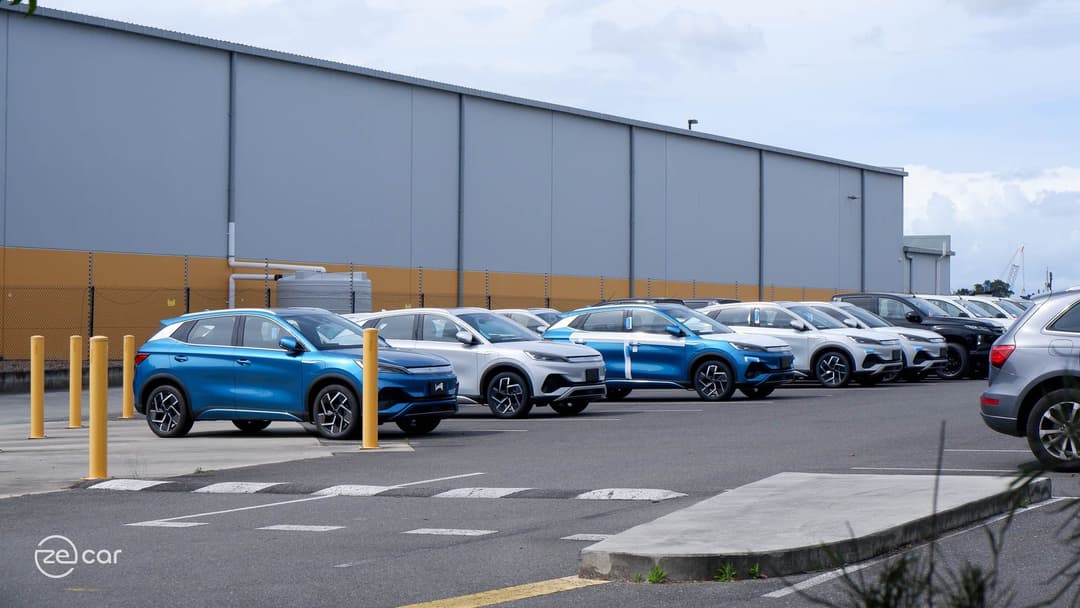
Thanks to a $2000 price cut at launch, the 2022 MG ZS EV is still the cheapest electric car in Australia – undercutting the BYD Atto 3 in all states except Tasmania where on-road costs are cheaper.
That’s because MG Motor Australia offers sharp drive-away pricing that applies across the nation for the refreshed ZS EV, starting from $44,990 for the base Excite and $48,990 for the flagship Essence variant (normally $43,990 and $47,990 excluding on-roads respectively).
In comparison, BYD Automotive Australia doesn’t offer a promotional price for the Atto 3, starting from $44,381 for the Standard Range and $47,381 for the Extended Range before on-road costs.
On-road costs – which include obligatory expenses like registration, stamp duty, and compulsory third party insurance – are set by each state. As a result, the drive-away price for the BYD electric car line-up ranges from $44,981 to $51,344 drive-away depending on the state registered.
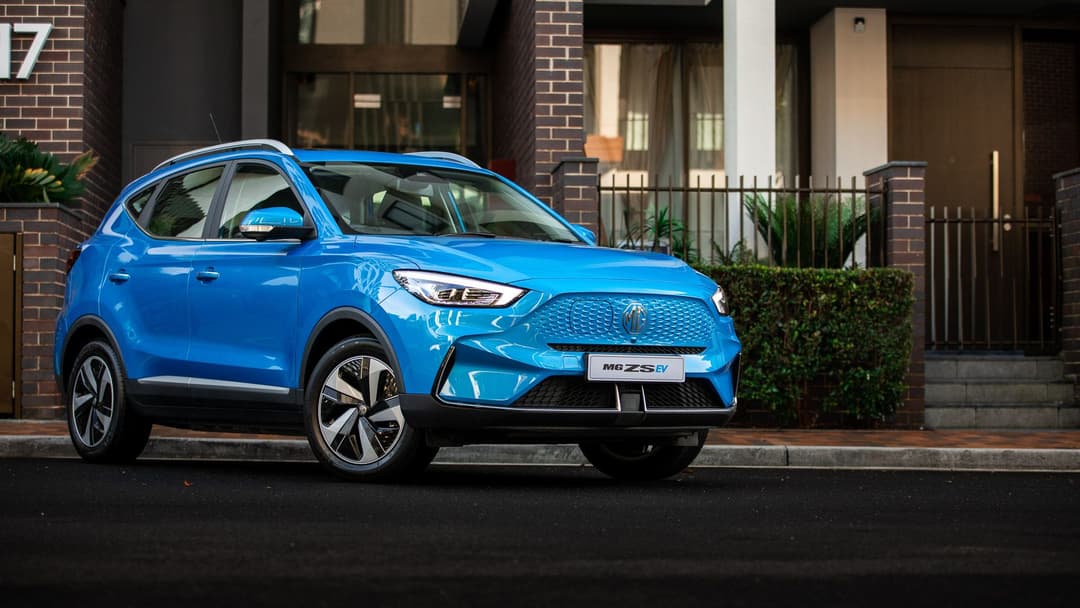
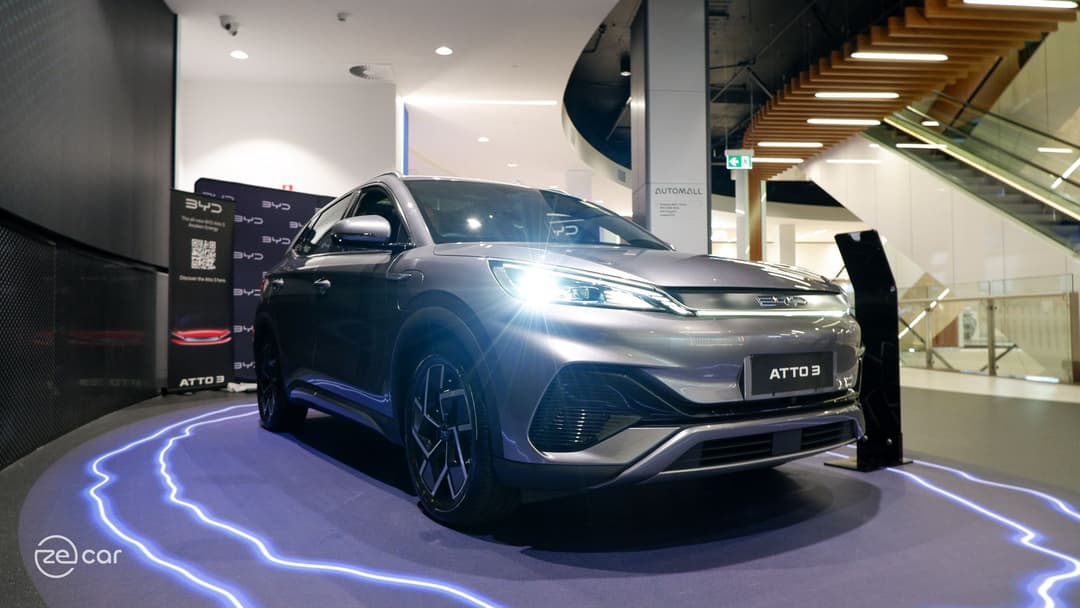
MG ZS EV (left) vs BYD Atto 3 (right)
However, it’s worth noting that as the BYD Atto 3 only comes in one fully-specced model and a small or large battery pack, it is comparable to the top-spec MG ZS EV which is only available in a small battery.
Therefore, like-for-like, the Atto 3 Standard Range is around $1000 to $3000 cheaper than the ZS EV Essence depending on where you live. At the ZS EV Essence’s price point, it is more in line with the Atto 3 Extended Range which boasts a 10kWh larger battery for 100km of more claimed range.
Both pure-electric crossovers are eligible for Australian state and federal incentives.
Meanwhile, compared to the pre-facelift MG ZS EV – which was available in one top-spec Essence trim – this new model has the same starting price. However, as the 2022 ZS EV is now split in two model grades, it’s $4000 dearer than before like-for-like.
While the facelifted ZS EV remains Australia’s cheapest electric car, that title will soon be challenged by its very own MG4, BYD Dolphin, and GWM Ora Cat small hatchbacks landing in 2023.
LFP battery
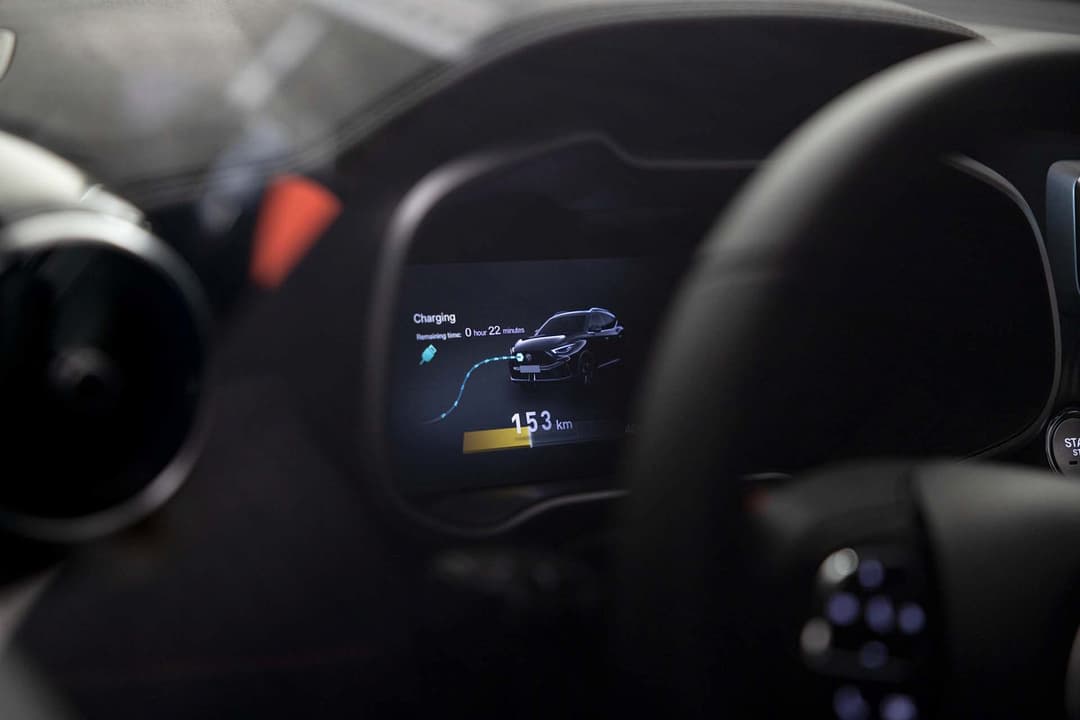
The refreshed MG ZS EV gains an all-new battery pack that’s 5.8kWh larger than before, resulting in 57km longer claimed range (WLTP), and moves to the lithium-iron-phosphate (LFP) chemistry.
The key advantage of LFP is the liberty to regularly charge the battery to 100 per cent with significantly less degradation concerns, unlike the pre-facelift model that used the more common nickel-manganese-cobalt (NMC) type, which typically recommends capping charging at 80 per cent to preserve its health.
This means owners can habitually fully utilise the 320km of claimed range on the facelifted small crossover. Read more about battery types in our guide breakdown.
However, LFP packs have a lower energy density, are bigger and heavier, and more sensitive to low temperatures resulting in likely throttling DC charging speeds.
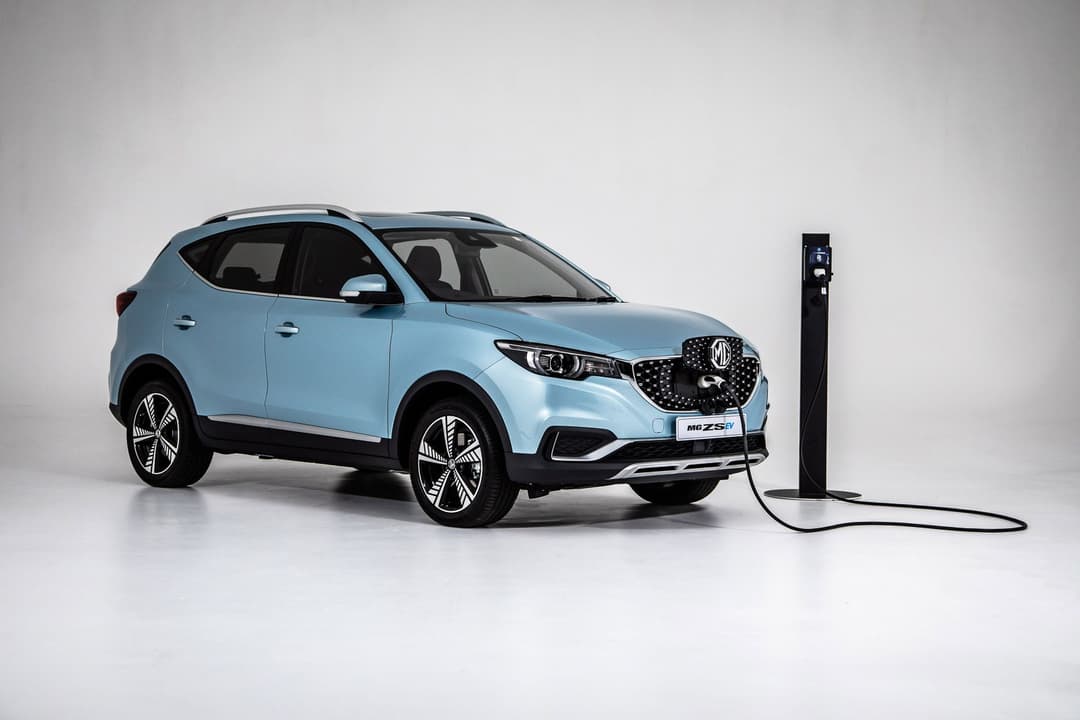

MG ZS EV old (left) vs new (right)
As LFP batteries don’t contain unsustainable nickel and cobalt elements and are cheaper to produce, it is coined as the EV battery for affordable models such as the MG ZS EV.
Currently, the entry-level Tesla Model 3 and Model Y rear-wheel drive, and the BYD Atto 3 feature LFP-based battery packs.
Additionally, the new ZS EV now also features an easier to access front charging flap that has a side hinge like the Hyundai Kona Electric, as opposed to the ungainly lift-up of the grille portion on the old model.
Meanwhile, the new ZS EV has 25kW more power, but 73Nm less torque than before. Despite this, it does the 0-100km/h acceleration sprint in the same 8.2 seconds and is now rated to tow up to 500kg on a braked and unbraked trailer.
V2L capability

The 2022 MG ZS EV also introduces vehicle-to-load (V2L) support across the range.
This allows owners to use the small SUV as essentially a big battery bank and power any electrical device or appliance at up to 2.2kW AC power. For example, it can fast charge a laptop, power a mobile Internet modem, or even keep the home fridge on while in a blackout.
But, owners need to purchase a separate V2L connector adapter accessory (price TBC) that plugs into the front exterior Type 2 charging port in order to take advantage of it.
That’s opposed to EVs like the BYD Atto 3 and Kia Niro EV which include V2L adapters with the vehicle. Newer models from Hyundai, Kia and Genesis also offer interior V2L domestic plugs at the rear row or boot in addition to exterior V2L.
Additionally, the facelifted ZS EV ups its onboard charging speeds to 11kW AC and 80kW DC. The old model could only charge at up to 7kW AC and 76kW DC.
Mobile app connectivity
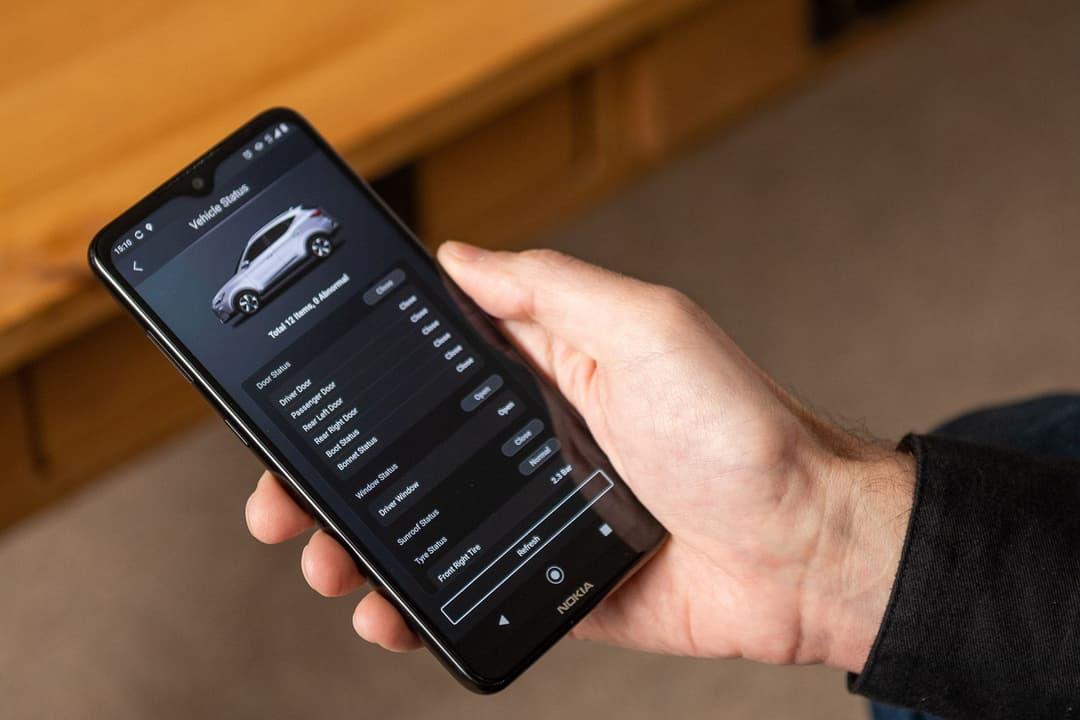
The all-electric small SUV is the first model to debut the MG iSmart smartphone app and telematics system in Australia as standard.
The remote mobile app enables owners to check the ZS EV’s remaining battery percentage, charging status, precondition the climate control, lock/unlock the doors, and more.
The Chinese automaker joins the likes of Tesla, Ford, Kia, Hyundai, Polestar, BMW, Mercedes-Benz and more in offering a connected mobile app. Notably, the closest pure-electric contender to the ZS EV that’s compatible with a mobile app is the all-new Kia Niro EV in its flagship GT-Line form, which is priced from $72,100 before on-roads.
Warranty and servicing
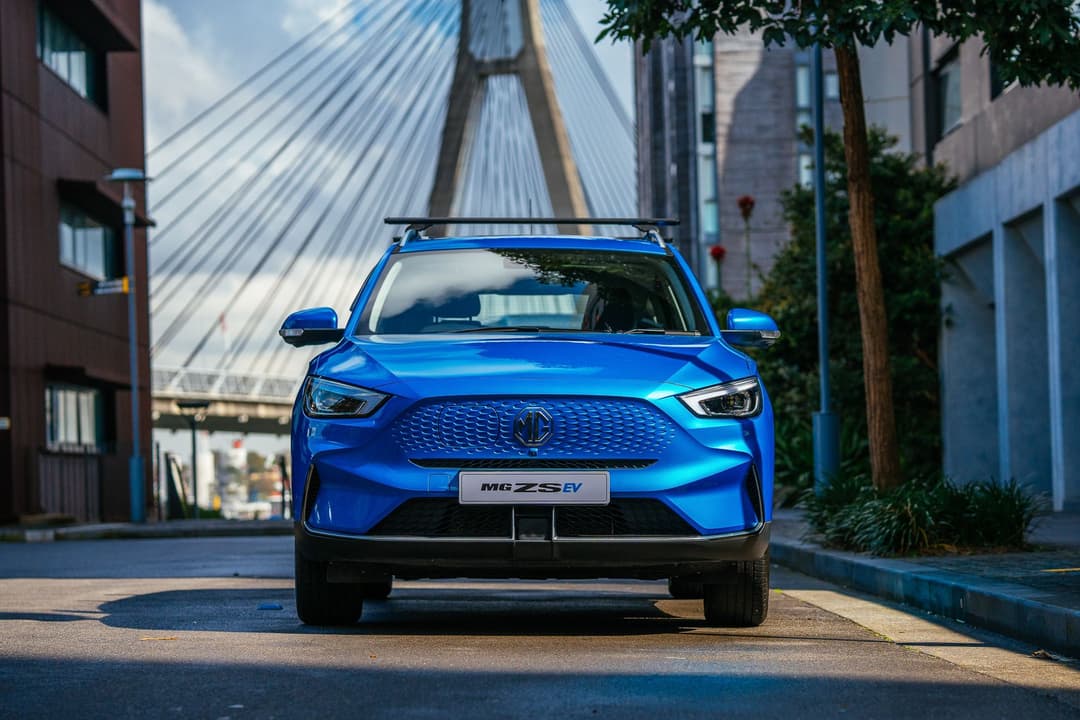
MG likes to emphasise its warranty provisions have “no hidden exclusions”, which is a clear snipe at its newcomer rival BYD that controversially specifies shorter warranties for specific parts.
Like all models from the Shanghai-based automaker, the 2022 ZS EV is covered by a seven-year, unlimited kilometre vehicle and battery warranty. There’s also roadside assistance and capped price servicing during the same period.
Though, it’s worth noting the 12-volt auxiliary battery is covered for two-years, unlimited kilometres.
The updated ZS EV’s warranty provisions is in line with the BYD Atto 3, Kia Niro EV, and Nissan Leaf.
Servicing intervals are every 24 months/20,000km, costing $345 on average for the first seven visits.
The electric small SUV can be maintained across MG’s 83 dealerships nationwide. For further information, read our electric car servicing guide.
UPDATE 13/9/22: A previous version of this story incorrectly stated servicing intervals and the pre-facelift's max DC charging speed. This has been amended.
Figures by Danny Thai
About the author
Stay up to date with the latest EV news
- Get the latest news and update
- New EV model releases
- Get money savings-deal

